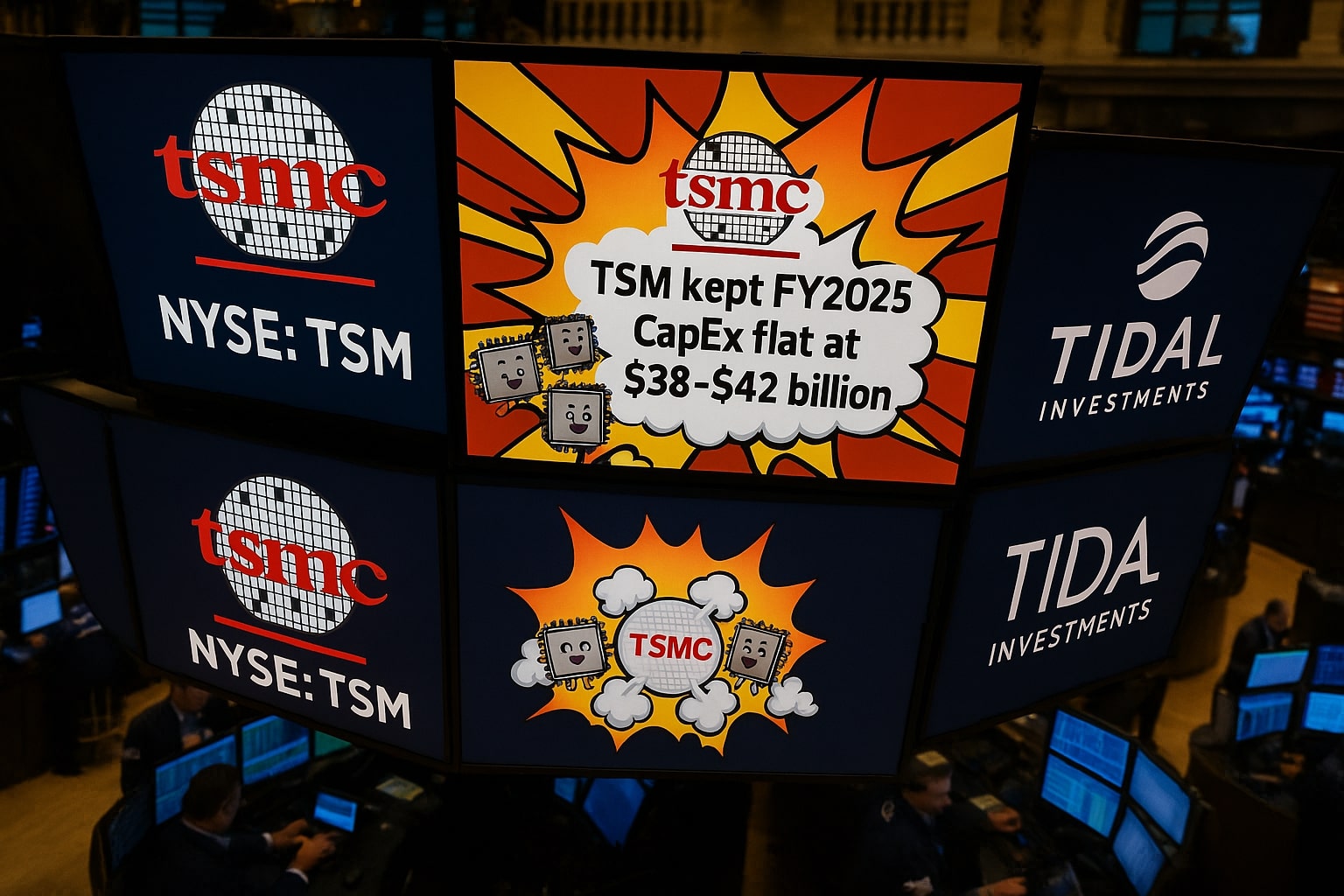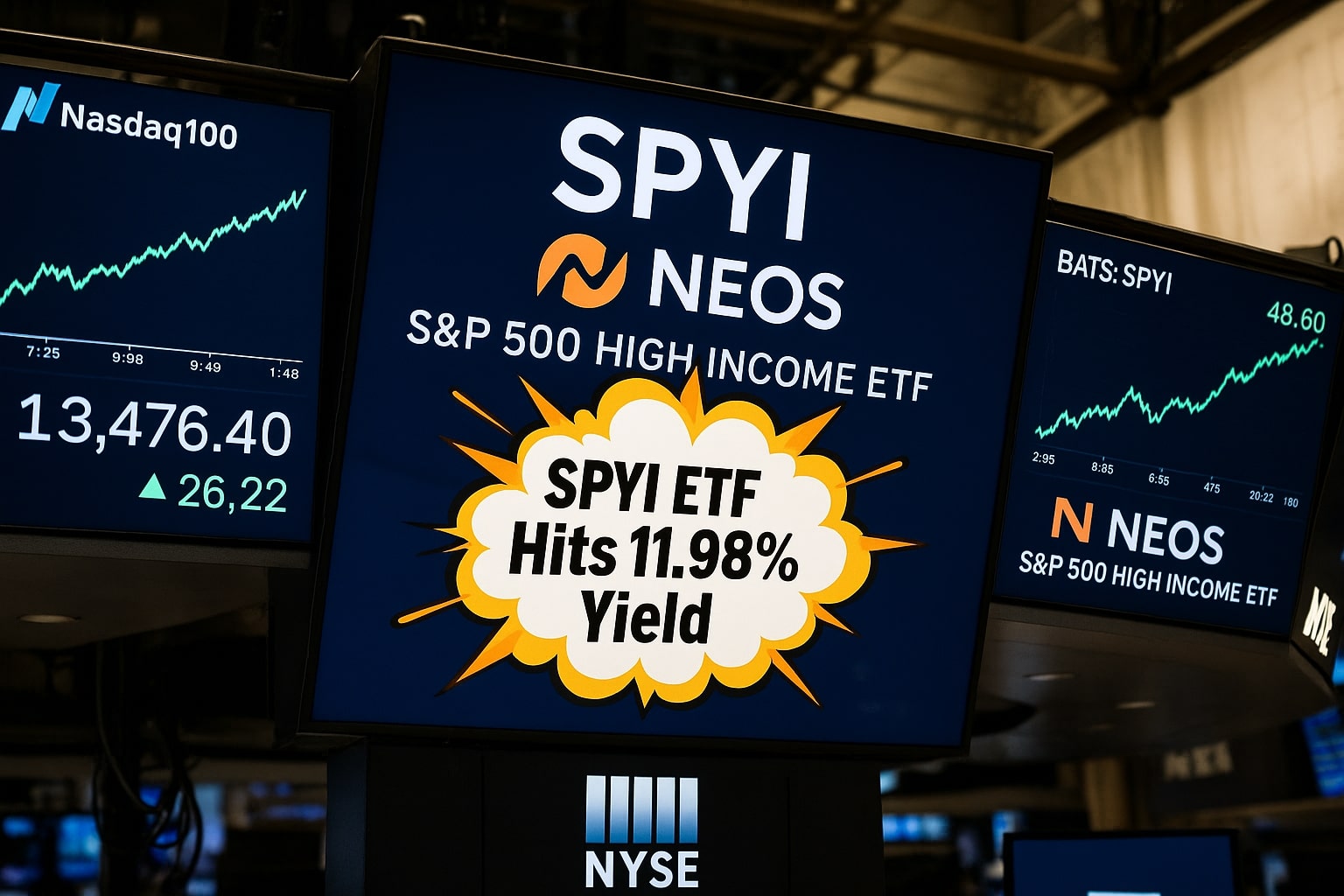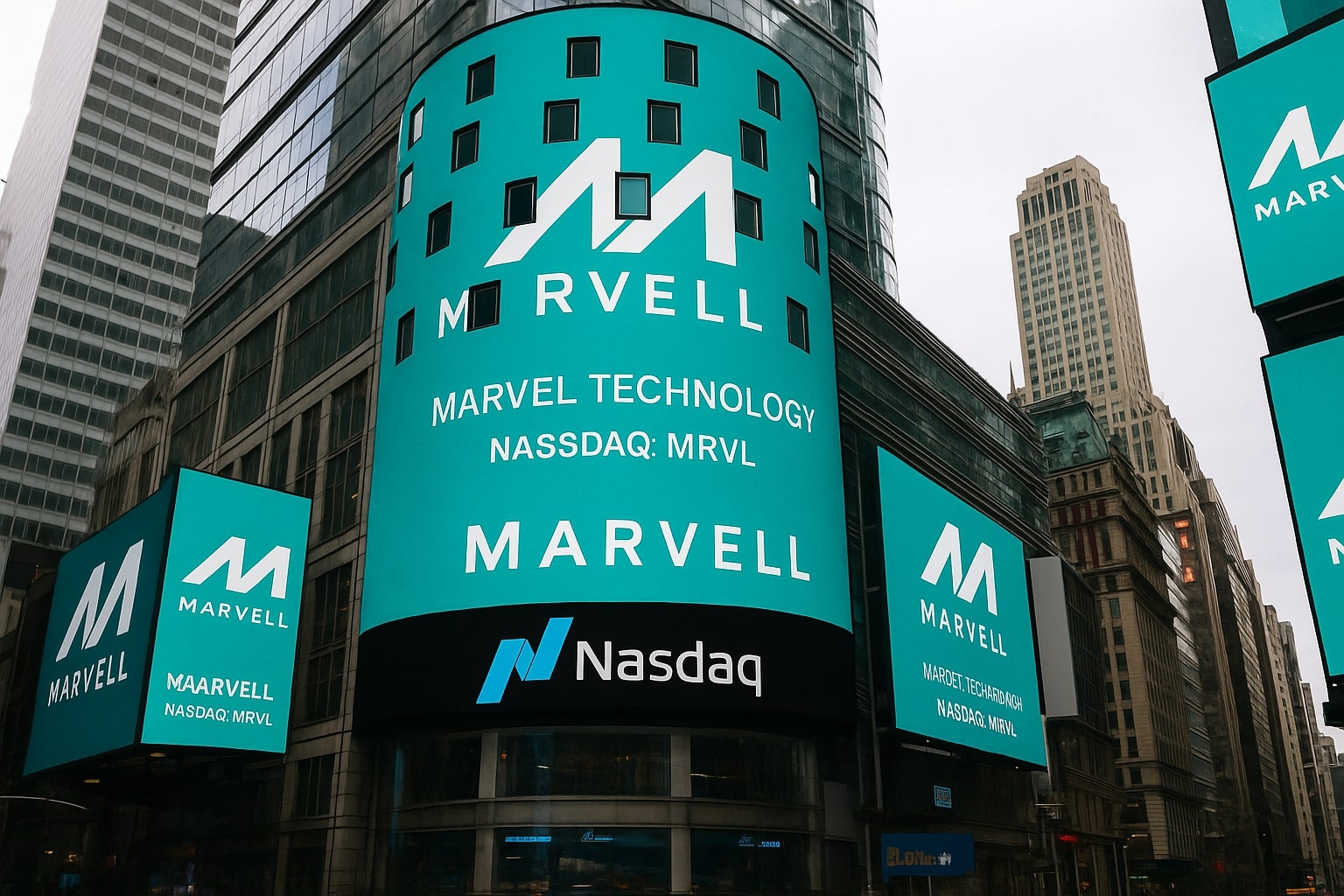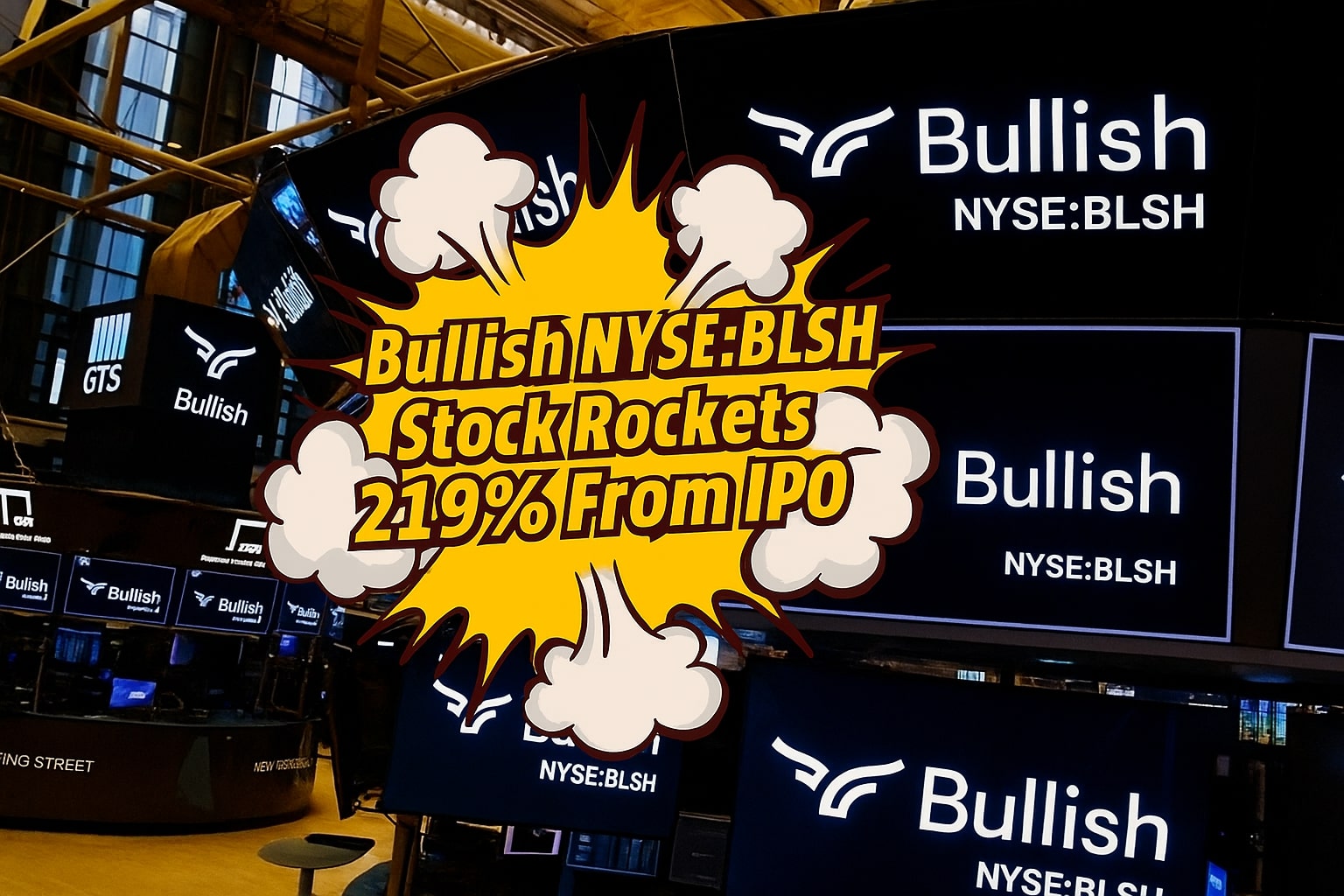
TSMC (NYSE:TSM) Tests $243 Highs as Margin Risks Offset Explosive AI Revenue Growth
Despite Strong 3Q Guidance and 37.8% YoY Growth, TSM Faces $3B–$4B Margin Drag and Flat Capex at $38–$42B | That's TradingNEWS
NYSE:TSM Navigates Macro Headwinds as AI Demand Fuels Revenue Surge
Record AI-Driven Revenue Growth Outpaces Valuation Expansion
Taiwan Semiconductor Manufacturing Company (NYSE:TSM) surged through Q2 FY2025 with 37.8% YoY revenue growth, extending its five-quarter streak of 40% momentum. Backed by demand for 3nm and 5nm nodes, fueled by expanding AI workloads from major customers like Apple and Qualcomm, the company raised its full-year forecast to 30% growth. Notably, TSM's share price has gained over 21% since the last earnings, outperforming the S&P 500 by nearly 13%, while valuation compressed—its non-GAAP forward P/E now sits at 24x, down from 28x at prior rating, 13% cheaper.
Despite the stock hitting all-time highs, RSI-14 shows it's not yet technically overbought, suggesting more room to run. Yet the rally remains fundamentally supported, not speculative. Investors have priced in strong AI adoption, confident in TSM's moat in advanced chip fabrication—but the key test will come as geopolitical and macroeconomic frictions mount into 2H 2025.
Gross Margin Warning: Overseas Expansion Begins to Bite
TSMC’s margin profile shows clear signs of compression. While EBIT margin improved 110 bps sequentially in Q2 FY2025, gross margin declined by 20 bps, with management guiding further erosion for Q3 due to dilution from overseas fabs. The CFO has flagged a dilution impact between 2%–4% annually through FY2026. This places FY2026 gross margin guidance at a floor of 53%, back near 2023 levels, despite ASP resilience.
Customer pricing sensitivity is rising as the global economy shows fatigue. TSM, while dominant, may find it difficult to hike prices to protect margins. Gross margin erosion, driven by high-cost U.S. fabs and global competition, may weigh on earnings quality—even as top-line growth remains solid.
CapEx Strategy Reflects Political Risk Aversion
Despite a bullish revenue outlook, TSM kept FY2025 CapEx flat at $38–$42 billion, signaling caution. That midpoint reflects a 34.2% YoY increase, yet no upward revision implies conservative capital allocation amid U.S. political pressure and export risk. Trump's administration is ramping scrutiny on offshore chip capacity and tightening controls—a drag on TSM’s global capacity decisions.
The company remains committed to U.S. fab development but won’t increase CapEx without clarity on policy. This aligns with CFO remarks that revenue will likely outpace CapEx over the long term, hinting at better FCF dynamics but also a defensive posture on capital expansion.
Option Market Signals: Implied Volatility Near Lows
While the fundamentals remain strong, TSM’s implied volatility (IV) has dropped to 30.3, its lowest in 52 weeks, well below the 39.7 average and 71.4 peak. This offers an advantageous setup for option strategies: put options with $230 strikes expiring Oct 17 trade at just $12 per share—a 5.2% hedge cost against near-term downside.
Given that earnings are due October 17, with normalized EPS forecast at $2.65 (+7.2% QoQ) and five upward analyst revisions, options provide asymmetric exposure. Investors wary of ASML's cautious tone or macro volatility may find hedging essential as TSM’s IV doesn’t yet reflect macro uncertainty.
ROCE, Reinvestment Rate, and Structural Growth Capacity
Long-term growth signals remain impressive. TSM’s return on capital employed (ROCE) has expanded from 45% in 2022 to 55% in 2025, with some models showing 58% when including PPE and intangibles. Coupled with a 25% reinvestment rate, TSM is theoretically capable of ~14.5% organic growth annually (25% * 58%), cementing its role as a capital-efficient AI infrastructure giant.
With growing AI inference demands, increasing complexity of chips, and limited competition in high-yield 3nm production, TSM’s structural edge is unlikely to fade. However, political risk, customer diversification, and export controls may pressure this growth cadence in 2026.
Insider Trends and Institutional Dynamics
Recent insider transaction data shows no abnormal selling pressure despite all-time highs. Institutional flows remain net positive, supporting the bull thesis that TSM is being accumulated rather than distributed. Meanwhile, the real-time chart confirms strong price action above the 50-day EMA, with near-term resistance at $241 and support at $226.50.
With implied volatility still low, equity upside intact, and no insider red flags, the broader market is clearly leaning bullish.
Buy, Sell, or Hold Verdict on NYSE:TSM
Buy: Based on 24x P/E fwd, 30% YoY revenue, 14.5% organic growth capacity, 55% ROCE, and strong AI fundamentals.
Hold: If price exceeds $245 without CapEx upgrade or margin stabilization.
Sell: Below $215 if EPS guide is cut or if U.S. export controls intensify.
Despite short-term risks, NYSE:TSM remains one of the most capital-efficient, geopolitically sensitive AI infrastructure plays on the market. With top-line momentum intact, margin erosion manageable, and valuation still reasonable, the stock supports a clear Buy rating—but not without a hedge in place for macro shocks.
















